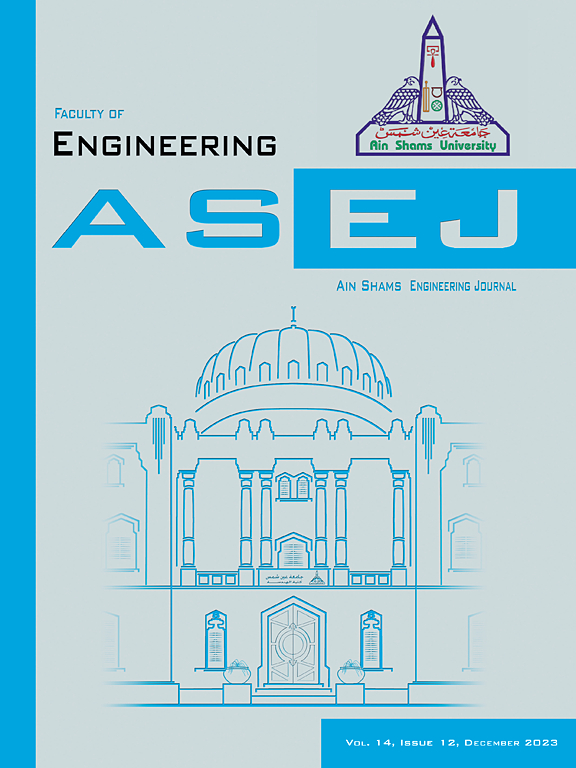Data driven analysis of tablet design via machine learning for evaluation of impact of formulations properties on the disintegration time
IF 5.9
2区 工程技术
Q1 ENGINEERING, MULTIDISCIPLINARY
引用次数: 0
Abstract
This study investigated the use of advanced machine learning techniques to model disintegration time for solid dosage oral formulations. The input features encompass molecular properties, physical attributes, excipient compositions, and formulation characteristics. An Isolation Forest algorithm is employed for outlier detection, while a Standard Scaler normalization technique ensures consistent feature scaling. Feature selection is conducted using Conditional Mutual Information (CMI) to identify the most informative predictors. The study compares three regression models: Local Polynomial Regression (LPR), Gaussian Process Regression (GPR), and Deep Gaussian Process Regression (DGPR). Results indicate that DGPR outperforms others, obtaining the highest R2 scores and the lowest error rates across training, validation, and testing phases. Interpretability of the DGPR model is enhanced using SHAP (SHapley Additive exPlanations), providing insights into feature importance and their effects on predictions. Additionally, the Hunter-Prey Optimization algorithm is utilized to optimize hyperparameters, demonstrating its efficacy in balancing exploration and exploitation. This research shows that DGPR can accurately model complex relationships in pharmaceutical datasets and provides both predictive accuracy and interpretability.
基于机器学习的片剂设计数据驱动分析,评估配方性质对崩解时间的影响
本研究探讨了使用先进的机器学习技术来模拟固体剂量口服制剂的崩解时间。所述输入特征包括分子特性、物理特性、赋形剂组合物和制剂特性。采用隔离森林算法进行异常点检测,采用标准尺度归一化技术确保特征尺度的一致性。使用条件互信息(CMI)进行特征选择,以识别最具信息量的预测因子。本研究比较了三种回归模型:局部多项式回归(LPR)、高斯过程回归(GPR)和深度高斯过程回归(DGPR)。结果表明,DGPR优于其他方法,在训练、验证和测试阶段获得最高的R2分数和最低的错误率。使用SHAP (SHapley加性解释)增强了DGPR模型的可解释性,提供了对特征重要性及其对预测的影响的见解。此外,利用猎人-猎物优化算法对超参数进行优化,证明了其在平衡探索和开发方面的有效性。该研究表明,DGPR可以准确地模拟药物数据集中的复杂关系,并提供预测准确性和可解释性。
本文章由计算机程序翻译,如有差异,请以英文原文为准。
求助全文
约1分钟内获得全文
求助全文
来源期刊

Ain Shams Engineering Journal
Engineering-General Engineering
CiteScore
10.80
自引率
13.30%
发文量
441
审稿时长
49 weeks
期刊介绍:
in Shams Engineering Journal is an international journal devoted to publication of peer reviewed original high-quality research papers and review papers in both traditional topics and those of emerging science and technology. Areas of both theoretical and fundamental interest as well as those concerning industrial applications, emerging instrumental techniques and those which have some practical application to an aspect of human endeavor, such as the preservation of the environment, health, waste disposal are welcome. The overall focus is on original and rigorous scientific research results which have generic significance.
Ain Shams Engineering Journal focuses upon aspects of mechanical engineering, electrical engineering, civil engineering, chemical engineering, petroleum engineering, environmental engineering, architectural and urban planning engineering. Papers in which knowledge from other disciplines is integrated with engineering are especially welcome like nanotechnology, material sciences, and computational methods as well as applied basic sciences: engineering mathematics, physics and chemistry.
 求助内容:
求助内容: 应助结果提醒方式:
应助结果提醒方式:


